 by "Amoore100" (amoore100)
by "Amoore100" (amoore100)
Published 01/09/2017 at 22:45
 by "Amoore100" (amoore100)
by "Amoore100" (amoore100)
Published 01/09/2017 at 22:45
Tags: Ridiculous Rebadges
; Chrysler
; Mitsubishi
; Australia
STARS: 5
Welcome to Ridiculous Rebadges, a series of articles in which I go through and examine the details and circumstances surrounding some of the more infamous and some of the more esoteric vehicular rebadges throughout automotive history.
!!! UNKNOWN CONTENT TYPE !!!
Say the words “Australian car” to any automotive enthusiast and they’re likely to respond with either “Holden” or “Ford”. Now that’s all well and good considering that those two have been the primary players in the domestic market of Down Under for many decades, but conspicuously absent from the collection of American-owned marques is one additional name: Chrysler.
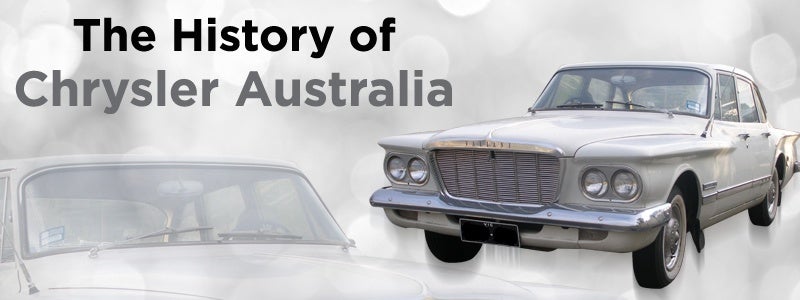
Chrysler Australia began with American roots as Ford Australia had; in the ‘50s, two-and-a-half decades after the first AU-produced Model T rolled off the line, the 1954 Plymouth model began production at the plant in Adelaide wearing one of three badges: Plymouth, Dodge, or De Soto. This continued for about half a decade before the 1954 Plymouth became rather too dated to merit another update; the saving grace came in the form of knock-down kits of Simca Arondes provided by Chrysler Europe who had acquired Simca in 1958. Shortly after, though, the 1962 Plymouth Valiant was released and quickly sent to Australia as the Chrysler Valiant where it enjoyed the privilege of being equipped with the Australian-exclusive Hemi I6. This sold brilliantly for the ‘60s and ‘70s, all the way up to the 1973 oil crisis.

Last time, we saw that Ford’s way of dealing with the oil crisis was by experimenting with a bit of industrial imperialism by increasing their shares in Mazda in order to obtain some cars and technology to help them weather the storm. As you are likely very well aware of, Chrysler pulled a similar trick and acquired 15% interest in Mitsubishi in 1971, replacing the aged Valiant with a rebadged Mitsubishi Galant known as the Chrysler Valiant Galant as Ford had done with the 323 for its Laser in ASEAN and ANZUS (minus the US) markets.
!!! UNKNOWN CONTENT TYPE !!!
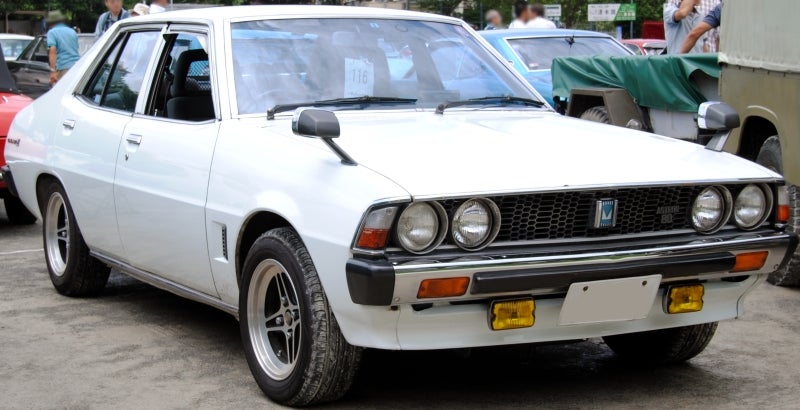
In 1977, the third-gen-Mitsubishi Galant-based Sigma was launched and became a market leader for perhaps the first time in Chrysler Australia’s history, all thanks to a new range of smooth Mitsubishi fours and excellent pricing. The glory was not to last, though.

Thanks to the failings of the parent company of Chrysler, funds were dwindling from America and things soon went south for the brand outside the United States. Chrysler Europe was sloughed off to Peugeot who went and renamed all the Simcas as Talbots; on the other hand, Mitsubishi decided this would be the perfect chance to turn the tables and buy out Chrysler Australia. On October 1, 1980, Chrysler Australia officially became Mitsubishi Motors Australia Limited (MMAL).
!!! UNKNOWN CONTENT TYPE !!!
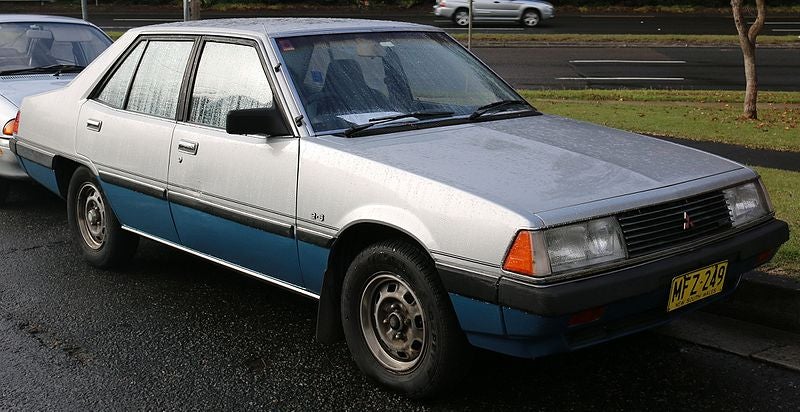
One of the first things Mitsubishi did was relabel the Chrysler Sigma as the Mitsubishi Sigma. That didn’t really mean much since the Sigma itself was simply a rebadge of the new fourth-gen Galant, but obviously you can’t keep selling cars under the marque of your vanquished predecessor. That was when Mitsubishi got a bit overzealous. Well, not Mitsubishi persay, but MMAL on its own. MMAL decided that since the Sigma was well-liked enough in Australia, why wouldn’t it be any less popular elsewhere? Obviously England would be a prime potential market considering all the similarities it shared with Australia: driving on the wrong side of the road, speaking funny English, all of those fun things.
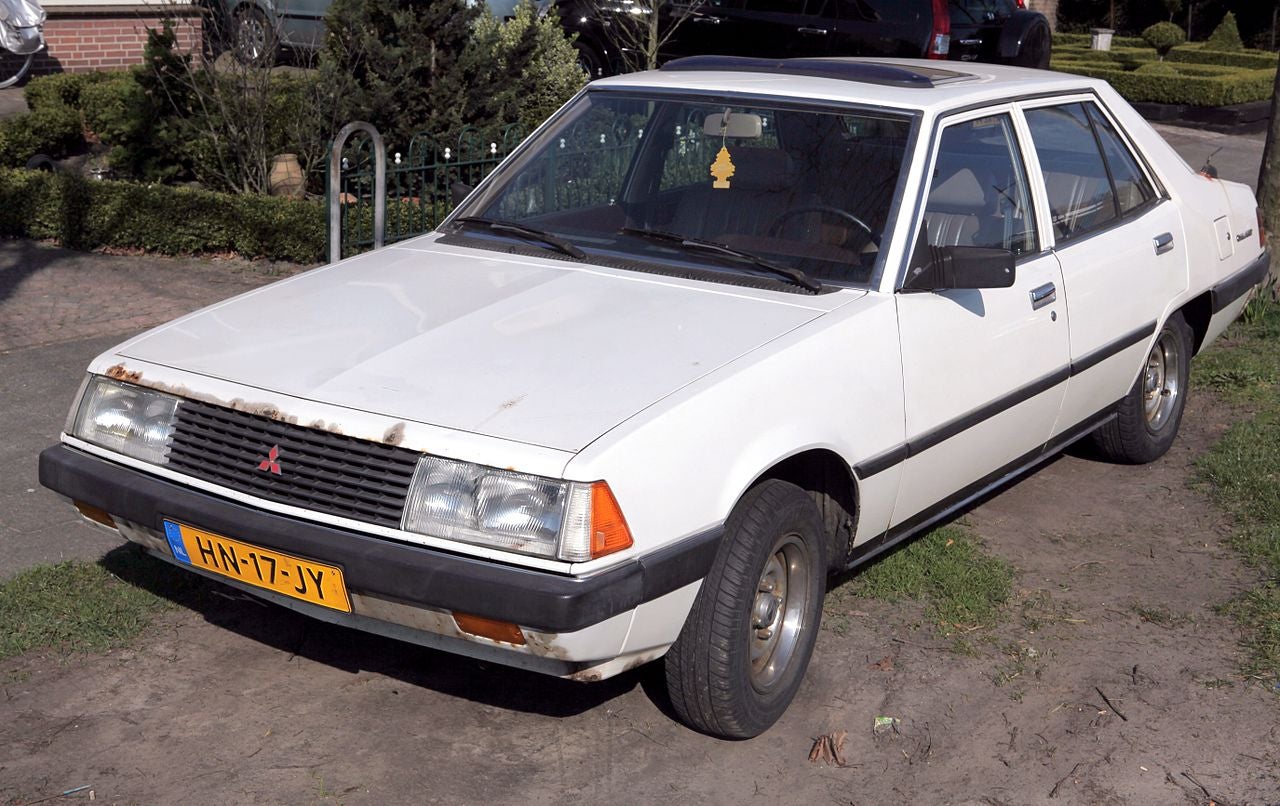
So, naturally, the Chrysler-cum-Mitsubishi Sigma was put onto some ships and sent halfway around the world to balmy England. No word on Mitsubishi’s brand image there, but for whatever reason, someone decided that marketing them as Mitsubishis wouldn’t go well, thus the new marque “Lonsdale” was born.

Taking its name from the Lonsdale plant in Adelaide which produced Mitsubishi engines (because that’s definitely a great way to name cars...FCA, are you taking notes?), the Lonsdale YD41 and YD45 were the only cars marketed under the brand, coming with three Mitsu four-bangers (1.6 to 2.6 with 81 to 103 hp) and a choice of saloon or estate body styles. Wikipedia also notes that it was one of the “largest” post-war four cylinder engines (the 2.6), at least until Toyota’s mighty B-series diesels.
!!! UNKNOWN CONTENT TYPE !!!
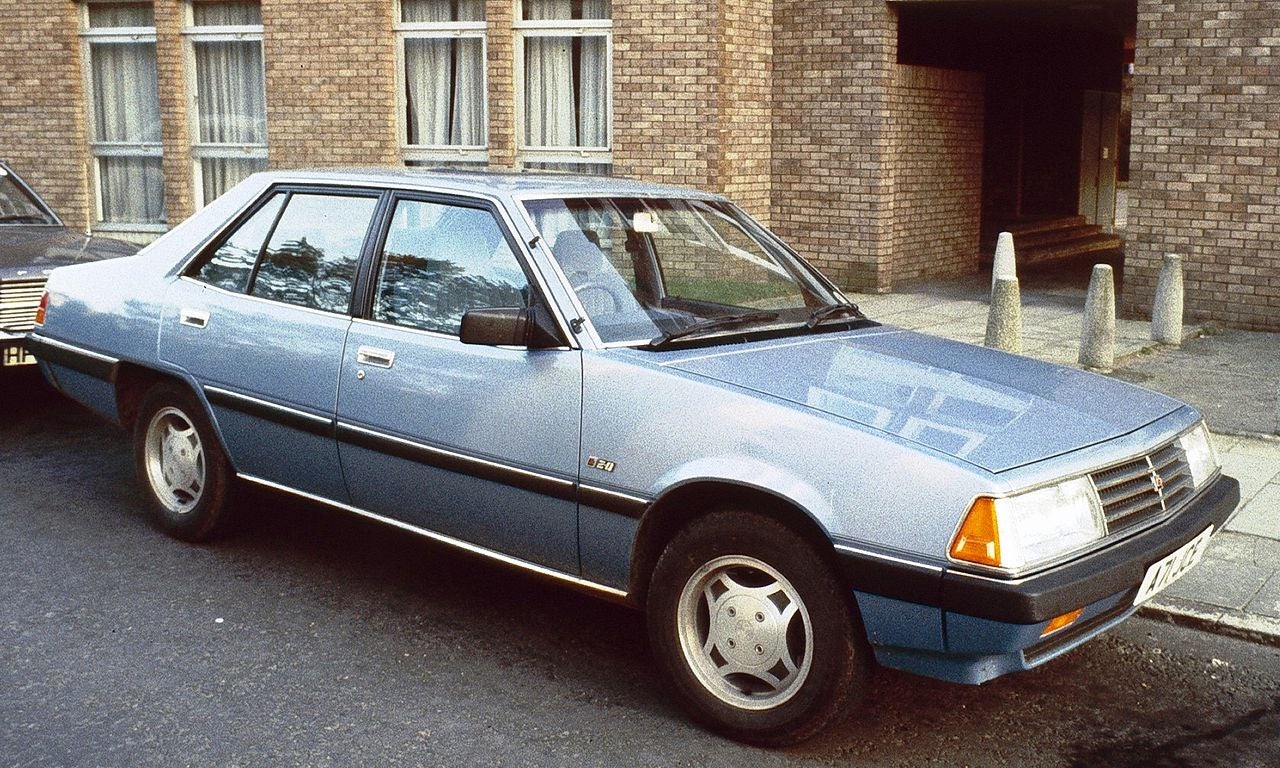
Coming back around to it, it looks like another reason why the Lonsdale was not called a Mitsubishi was to differentiate it from the existing Galant sold in England (which was identical, but never mind that) and, more importantly, circumvent the agreed-upon import quota between Japanese manufacturers to limit market share to 11% (an entirely optional agreement, but the Japanese are too polite to break any of those). No one bought the idea of the Lonsdale as it was seen as merely a marketing gimmick (so much so that MMAL failed to spend enough money establishing a dealer network), and thus the project ended after seven months (‘82-’83) and the remaining Australian-made Mitsubishis were sold as Sigmas alongside their Japanese Galant brethren.

Despite being a total sales flop, the Lonsdale created a small stir within the British Society of Motor Manufacturers and Traders (SMMT) who, upon the proposition of the Lonsdale, realized that there were few to no restrictions barring Australian imports to the UK despite high import taxes and quotas preventing the opposite from occurring. In the most British of ways, the SMMT simply turned their backs to the issue once the Lonsdale project failed, and interestingly, no one else has tried the Australian manufacturing go-around tactic since then (and no, the Vauxhall VXR8 doesn’t count, that was just a for-fun car, not a volume model). Still, MMAL finally made some profits out of the old Chrysler plants by slapping “Magna” and “Veranda” badges on some locally-built Diamantes.
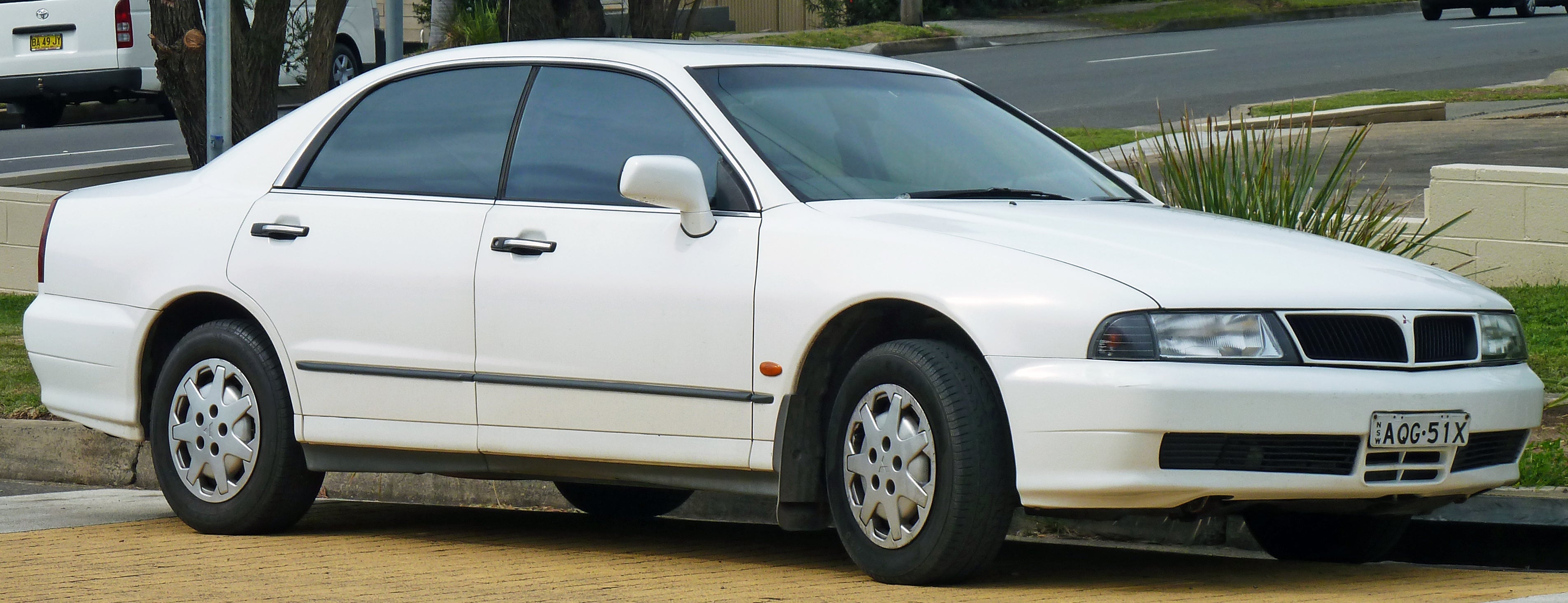
Anyways, today MMAL is dead and along with it, the legacy of Chrysler Australia. So there you have it: once upon a time, Chrysler also played the global game alongside GM and Ford. But then, the oil crisis, the Japanese, and the French killed it for good, and Iacocca’s phoenix came too late to save Chrysler overseas. Perhaps next time, we’ll look at the shitshow that happened between Rootes, Chrysler, Simca, and Talbot (PSA) over in the European sector. Now there’s a fun one.
Sources:
[ https://en.wikipedia.org/wiki/Lonsdale_(car) ]
[ https://en.wikipedia.org/wiki/Mitsubishi_Motors_Australia ]
[ https://en.wikipedia.org/wiki/Chrysler_Australia ]
!!! UNKNOWN CONTENT TYPE !!!
 "pip bip - choose Corrour" (hhgttg69)
"pip bip - choose Corrour" (hhgttg69)
01/10/2017 at 04:19, STARS: 1
“Still, MMAL finally made some profits out of the old Chrysler plants by slapping “Magna” and “Veranda” badges on some locally-built Diamantes.”
sorry to say, but it’s “Verada” not ‘Veranda’
 "Amoore100" (amoore100)
"Amoore100" (amoore100)
01/11/2017 at 19:07, STARS: 1
That would explain a lot.
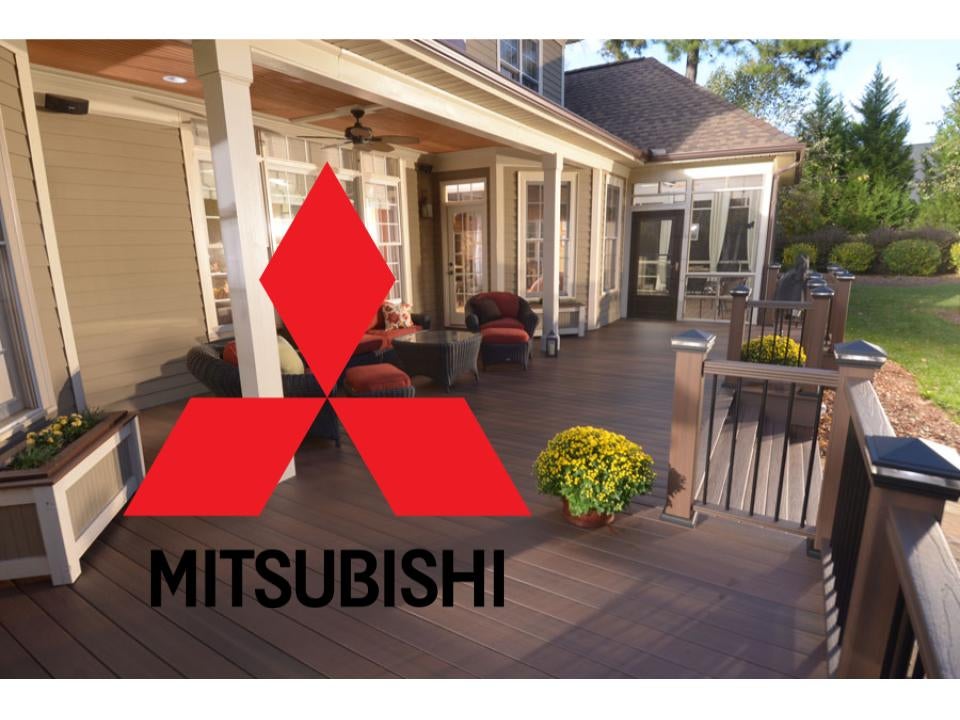
!!!error: Indecipherable SUB-paragraph formatting!!!